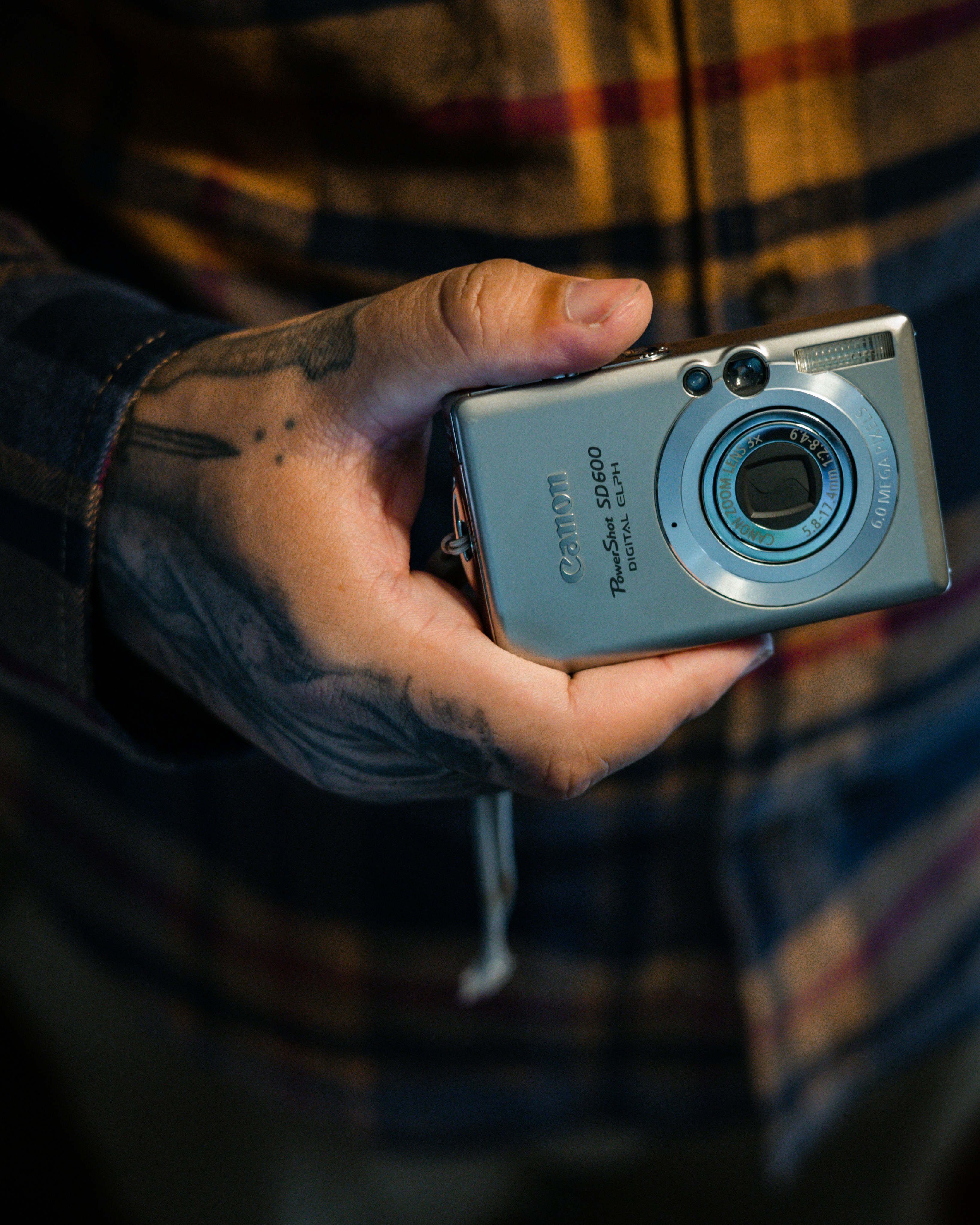Digicams are back, with Gen Z loving their lo-fi, nostalgic vibes as a rebellion against hyper-edited photos, sparking a resurgence in pixelated authenticity.
By Rodrigo Garza
Oct 1, 2024
The Resurgence of Digicams and the Second Death of Analog Photography: Gen Z's Nostalgic Love Affair with Pixelated Imperfection
There’s something poetic about the grainy, pixelated chaos of early 2000s digital cameras making a comeback in an era dominated by megapixels and AI-enhanced everything. Call it nostalgia, call it rebellion, but digicams—the clunky little gadgets that once captured awkward MySpace selfies and family vacations—are suddenly having their moment again. And leading the charge? Gen Z, the same generation that grew up on smartphones but is now rejecting them for something less polished, more flawed, and arguably more real.
Let's be real here: the return of these digicams is not just a trend—it’s a cultural phenomenon. We’re talking about a generation that’s already brought back vinyl records, low-rise jeans, and even Tamagotchis. It only makes sense that digicams would be next in line. What was once considered a relic of the early digital age—relegated to the junk drawer next to scratched CDs and old SIM cards—is now a symbol of raw, unfiltered authenticity. It’s not about high-definition clarity anymore. It’s about pixelated reality.
Nostalgia in the Age of Hyper-Reality
Nostalgia is a hell of a drug, and Gen Z has developed quite the appetite for it. The allure of digicams comes partly from their ability to transport users back to a simpler time—when cameras weren’t trying to be anything other than cameras. No portrait mode, no face-smoothing filters, no complex software updates every other week. Just point, shoot, and pray the batteries didn’t die mid-photo.
And sure, we could talk about how this reflects a broader rejection of the hyper-edited, ultra-polished Instagram aesthetic that dominated the last decade. But more than that, digicams tap into a collective yearning for imperfection. With their low-resolution, blown-out highlights, and quirky color rendering, these little machines capture moments in all their messy glory. Every photo feels like a tiny rebellion against the filtered, algorithm-curated world we live in now.
Influencers like Bella Hadid and Addison Rae have been quick to jump on the trend, their grainy, overexposed snaps setting off a wave of TikToks dedicated to the “vintage digital” look. It’s that vibe—imperfect but authentic—that’s driving this resurgence. For many, it feels like a breath of fresh air in a space suffocating under the weight of perfectionism.
Affordable Escapism in a Film Photography Graveyard
If you’re looking for something truly wild, though, check out what’s happening in the world of analog photography. Once the holy grail for anyone seeking retro cool, shooting on film has become a luxury that most young creatives can’t afford anymore. Thanks to the skyrocketing cost of film and development, the analog dream has been priced out for many. And that’s where digicams swoop in like the awkward, pixelated heroes nobody saw coming.
While digicams won’t quite replicate the soul of film, they offer a comparable escape from the ultra-slick world of smartphones. Plus, they’re way cheaper. You get the lo-fi aesthetic without the steep recurring costs. It’s a way for young creators to experiment, get a little weird with their visuals, and reconnect with the tactile joy of photography—without worrying about burning through $15 rolls of film just to get a few decent shots.
The Lo-Fi Appeal and Market Reality Check
Here’s the kicker though: once a trend goes viral, prices start to inflate. The same digicams that were collecting dust in thrift stores are now being resold on eBay for outrageous amounts, sometimes eclipsing the cost of a brand-new DSLR. Resellers have caught wind of the hype, and now, Gen Z and millennials are finding themselves locked in a bidding war over 15-year-old tech that was practically being given away a couple of years ago.
It’s a reality check for anyone who thought they were getting into this for budget-friendly nostalgia. If the market keeps heating up, we could see the digicam revival fizzle out before it fully takes root—another casualty in the cycle of hype-driven capitalism. So, if you’re lucky enough to stumble upon a cheap, used digicam at a yard sale, you might want to snap it up before it becomes the next overpriced accessory on Depop.
A Pixelated Shift in the Visual Culture
At its core, this digicam revival is more than just a flash-in-the-pan trend. It’s part of a broader cultural shift—a yearning for authenticity in a world that’s constantly pushing for perfection. It’s no coincidence that we’re seeing this resurgence now, when everything from AI-generated images to deepfakes is blurring the line between real and manufactured.
Digicams, with their lo-fi imperfection, remind us of a time when photography felt more personal, more flawed, and more spontaneous. They bring us back to the joy of capturing a moment without worrying about it being good enough for the algorithm. And that’s a powerful thing.
Whether this movement will last is anyone’s guess. But for now, as long as young creators continue to embrace the grainy, the pixelated, and the imperfect, digicams will keep flashing their way into the collective consciousness—bringing with them a little slice of early-2000s nostalgia that feels oddly right in our hyper-digital world.

